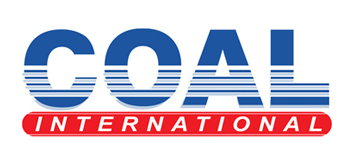The European Union has long wrestled with its dependency on imported natural resources.
The Commission, the EU executive, is working on a raw materials strategy to lay out plans for sustainable mining and increase recycling to limit the need for new extraction.
“We have a question to ask ourselves, whether we want to continue as we did in the past, to import all these materials and to depend on their import into Europe… or whether, in terms of diversification, we extract part of this here,” director general of the European Commission’s industry policy department Kerstin Jorna told a virtual event on Monday.
Currently, the Democratic Republic of Congo produces more than 60% of the world’s cobalt, while more than 70% of rare earths are sourced from China.
Jorna said a Commission report found Europe will require five times more cobalt by 2030 for uses including electric car batteries, while Europe’s rare earths needs will increase ten-fold within the decade, driven by demand from wind turbines and robots.
Europe cannot rival Congo’s natural resources, although cobalt is mined in Finland and is found in the Polish coal region Silesia.
The European Union also has its own rare earths and lithium, with enough lithium projects underway to meet up to 80% of the bloc’s demand by 2025, the Commission said last month.


